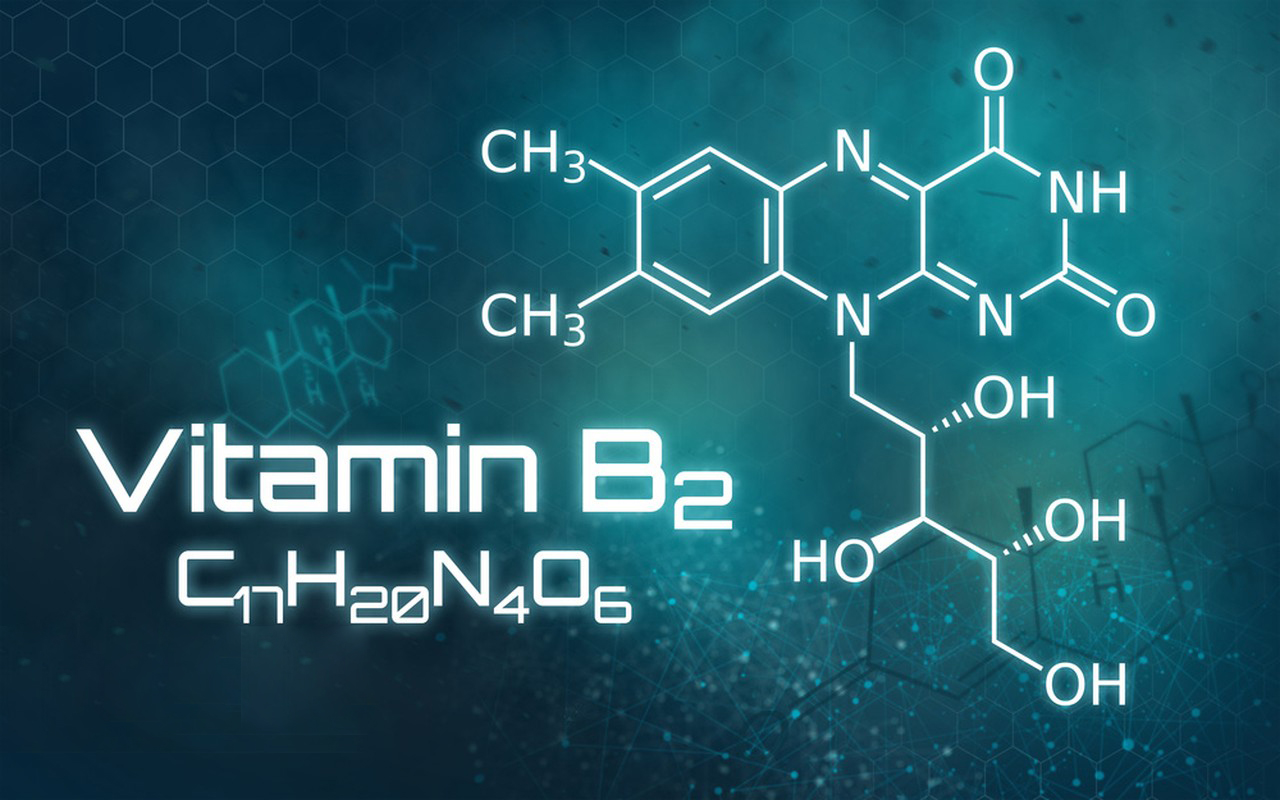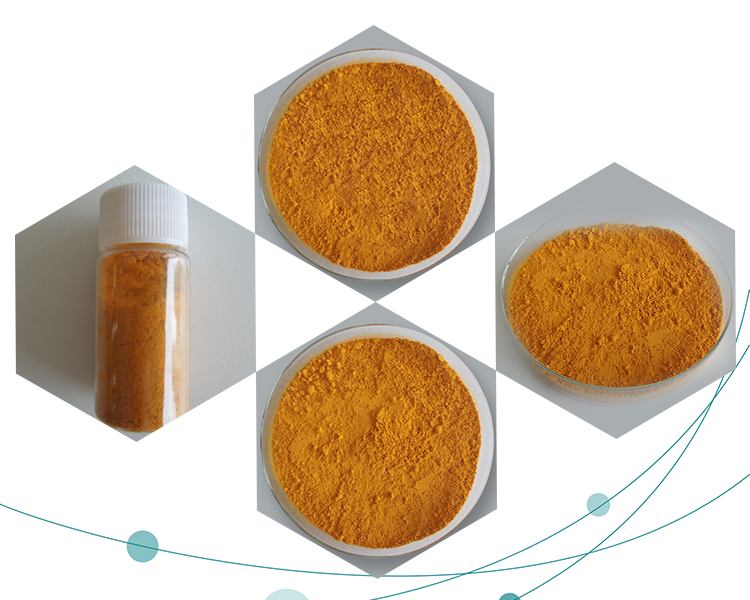Riboflavin, also known as vitamin B2, is a water-soluble vitamin that plays a crucial role in various biological processes. Here’s a breakdown of its chemical structure and physical properties:
Chemical Structure of Riboflavin:
- Chemical Formula: C17H20N4O6
- Molecular Weight: Approximately 376.37 g/mol
- Structure: Riboflavin consists of a central ring structure with a chain of atoms attached, including nitrogen and oxygen atoms. It has a characteristic yellow-orange color.

Physical Properties of Riboflavin:
1.Appearance: Riboflavin typically appears as yellow to orange-yellow crystals or crystalline powder.
2.Solubility: It is freely soluble in water, sparingly soluble in alcohol, and practically insoluble in ether.
3.Melting Point: Riboflavin melts at approximately 280-290°C (536-554°F).
4.Stability: It is sensitive to light and can degrade upon exposure to ultraviolet light, leading to loss of potency.
5.Odor and Taste: It is odorless and has a slight bitter taste.
Chemical Properties:
1.UV Absorption: Riboflavin absorbs light strongly in the UV range (between 260-370 nm), which contributes to its sensitivity to light.
2.Redox Properties: Riboflavin is a redox-active compound, capable of accepting and donating electrons in biological reactions. It exists in two forms: as riboflavin (the oxidized form) and as flavin mononucleotide (FMN) and flavin adenine dinucleotide (FAD), which are coenzymatic forms involved in various metabolic pathways.

Biological Functions:
- Riboflavin is essential for various cellular processes, including the metabolism of carbohydrates, fats, and proteins. It is a precursor for the coenzymes FMN and FAD, which are crucial for electron transport in oxidative phosphorylation and other redox reactions within cells.
In summary, riboflavin is a vital nutrient with a distinct chemical structure that supports its roles as a cofactor in numerous biochemical reactions essential for human health and metabolism. Its physical and chemical properties contribute to its stability and functionality in biological systems.
